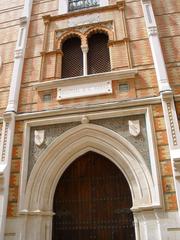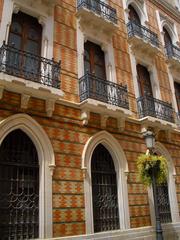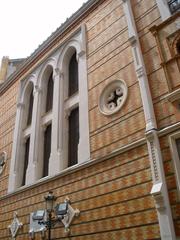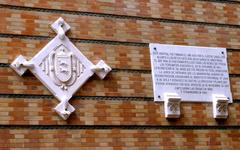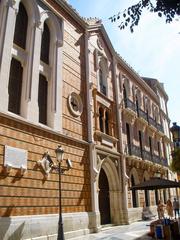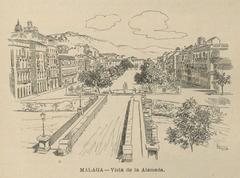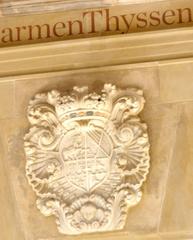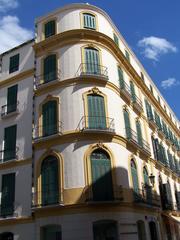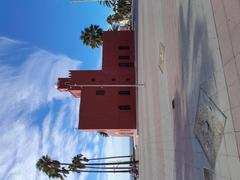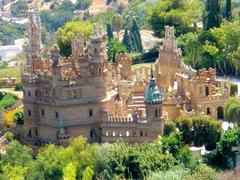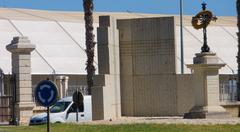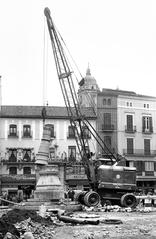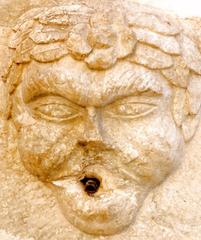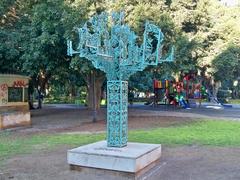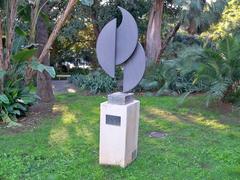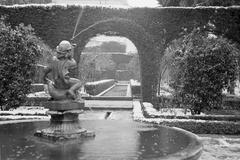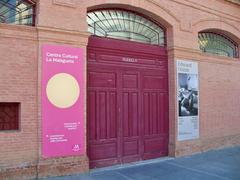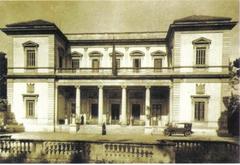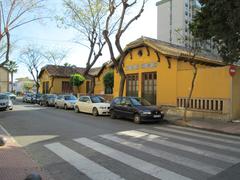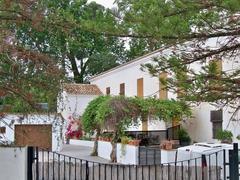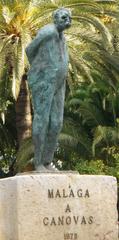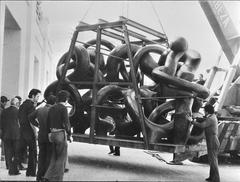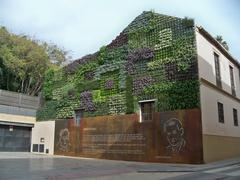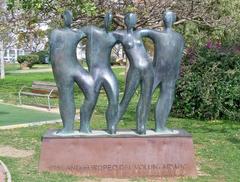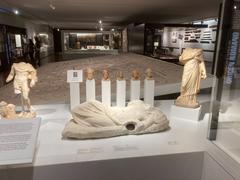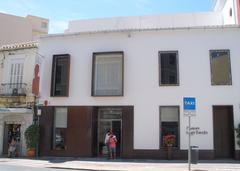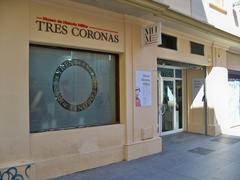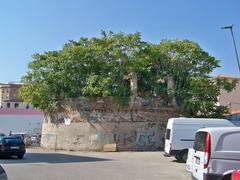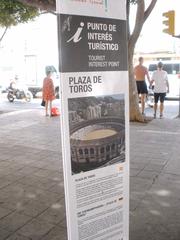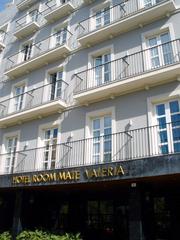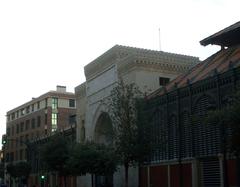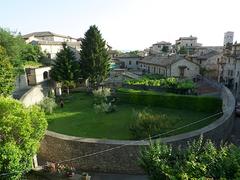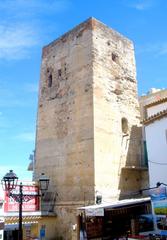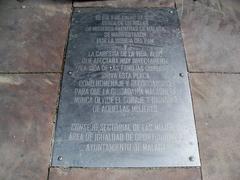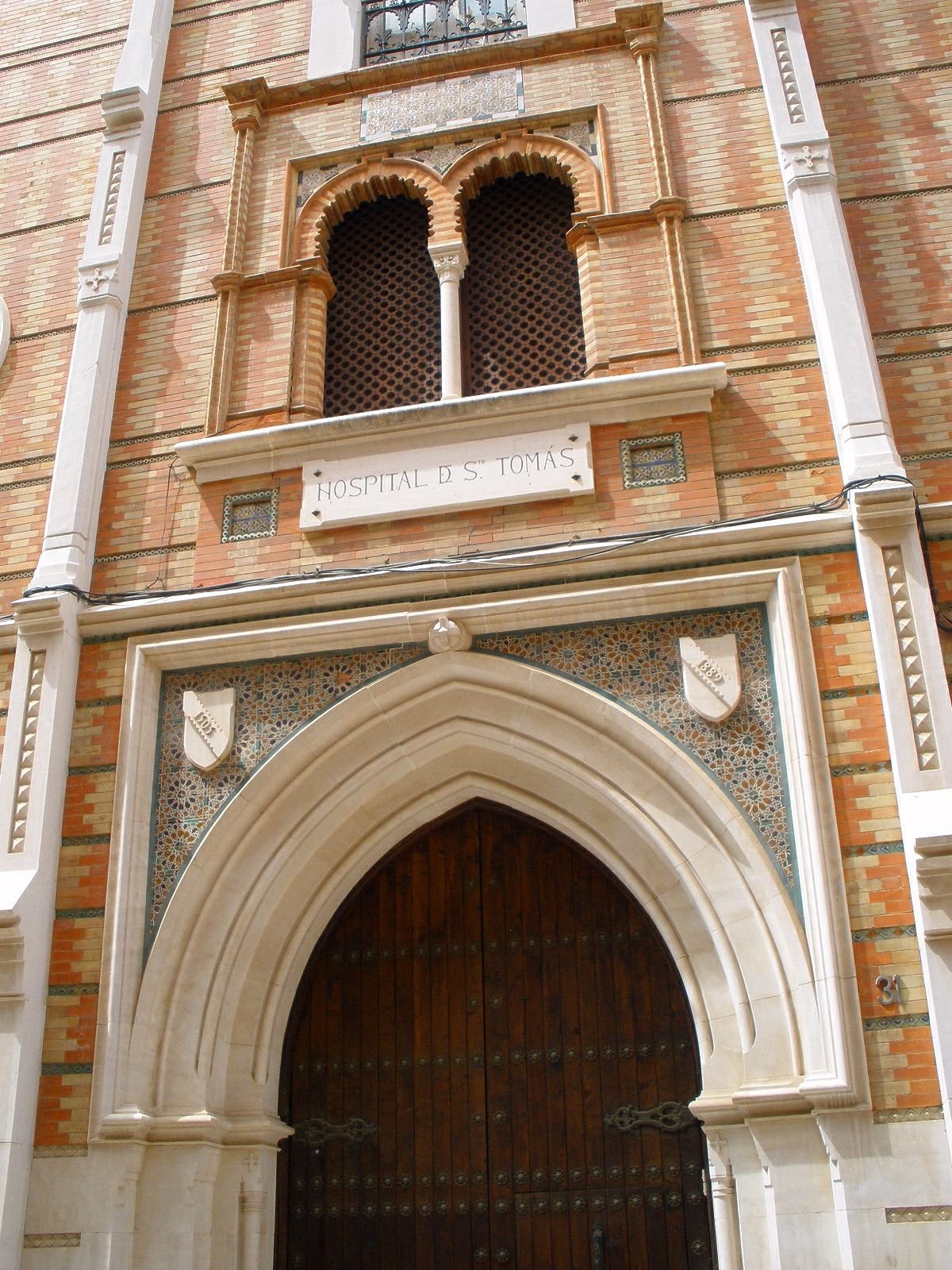
Hospital de Santo Tomé Málaga, Spain: Visiting Hours, Tickets, and Historical Sites Guide
Date: 14/06/2025
Introduction: Discovering Hospital de Santo Tomé
Located in the heart of Málaga’s historic center, the Hospital de Santo Tomé (also known as Hospital de Santo Tomás) stands as a remarkable testament to the city’s rich cultural, religious, and architectural heritage. Founded at the dawn of the 16th century, this former charitable hospital not only provided healthcare for the city’s poor but also reflects the intertwined histories of post-Reconquista Spain, religious devotion, and evolving social care. The building’s distinctive blend of Gothic and Mudéjar architectural elements, along with its ongoing restoration and adaptive reuse, make it an essential destination for those seeking to experience Málaga’s layered past.
Whether you are a history enthusiast, an architecture admirer, or a curious traveler, this guide covers everything you need to know about visiting Hospital de Santo Tomé: from its historical evolution and architectural highlights to practical visitor information, guided tours, accessibility, and tips for exploring nearby attractions (Krista the Explorer, Obra Nueva en Málaga, El Español).
Table of Contents
- Introduction
- Historical Background and Significance
- Architectural Highlights
- Cultural and Social Importance
- Preservation and Adaptive Reuse
- Visitor Information
- Frequently Asked Questions (FAQ)
- Conclusion
- References and Official Links
Historical Background and Significance
Origins and Foundation
Hospital de Santo Tomé was established in 1505 by Don Diego García de Hinestrosa, a nobleman who participated in the Reconquista of Málaga. Conceived as a charitable institution, it provided essential medical care to the city’s poor, reflecting the deeply rooted Christian values of early modern Spain. The hospital’s founder is interred within the building, cementing a tangible link between its origins and ongoing legacy (Krista the Explorer).
Evolution Through the Centuries
Significant events have shaped the hospital’s history, including a devastating earthquake in 1884 that led to a major reconstruction completed in 1891. Overseen by the Bishopric of Málaga, the 19th-century restoration introduced a striking blend of late Gothic and Mudéjar revival styles, preserving the hospital’s historic footprint while modernizing its facilities (El Español).
Architectural Highlights
Facade and Exterior
The hospital’s main entrance features a pointed Gothic arch with multiple archivolts set upon stone jambs, framed by an alfiz richly decorated with colorful glazed tiles—a hallmark of Mudéjar design. Heraldic shields and inscriptions commemorate both the original foundation and the 19th-century reconstruction. Its prominent location, facing the Puerta del Perdón of Málaga Cathedral and adjacent to the Iglesia del Sagrario, visually anchors Santo Tomé within the city’s religious and civic heart (Obra Nueva en Málaga).
Interior Spaces and Chapel
Designed around seven patios, the building maximizes natural light and ventilation—essential for its original function as a hospital. The highlight is the Mudéjar-style chapel, with a beautifully preserved 16th-century wooden artesonado (coffered ceiling) renowned for its geometric craftsmanship. The chapel houses original retablos and decorative stonework, and the 19th-century renovations added wooden-and-glass galleries that enclose the patios, seamlessly blending historical and contemporary elements.
The hospital’s interior also included patient rooms, administrative offices, residential quarters, laundry facilities, and living spaces for staff and chaplain—all thoughtfully arranged around the central courtyards.
Cultural and Social Importance
From its foundation, the Hospital de Santo Tomé was integral to Málaga’s charitable and religious life, providing healthcare to the needy and serving as a center for spiritual activities. It maintained its own chaplain until the 20th century and was central to religious festivities in honor of Saint Thomas and the Immaculate Conception. In the 18th and 19th centuries, the hospital specialized in treating eye infections and served Málaga’s population for nearly 500 years, closing as a hospital in 1972 (Encircle Photos).
Its archives are among the oldest in the province and remain a valuable resource for historians.
Preservation and Adaptive Reuse
Recognized as a Bien de Interés Cultural (BIC), the hospital is protected under Spanish heritage laws. Recent restoration projects, led by private and public partnerships, aim to convert the building into a university residence and cultural venue. These efforts prioritize the conservation of historical features, including the Mudéjar chapel ceiling, tilework, and original spatial layout. The building’s adaptive reuse ensures that its legacy endures as a vibrant part of Málaga’s urban life (Obra Nueva en Málaga, El Español).
Visitor Information
Location and Access
- Address: Calle Santa María, 31, Málaga, Spain
- Public Transport: Easily accessible by city bus (nearest stops: Calle Larios, Plaza de la Merced) and a short walk from Málaga Cathedral. Limited street parking; public transport is recommended (Malaga City Transport).
Visiting Hours and Tickets
- General Visiting Hours: The hospital is currently under restoration. Public access is limited to special events, guided tours, and exhibitions. Chapel access is occasionally available for concerts and cultural gatherings.
- Tickets: General admission is currently free. Tickets may be required for guided tours and special events; these can be reserved via the hospital’s official channels or the Málaga tourism office.
For up-to-date information, always check the official Málaga tourism website or Obra Nueva en Málaga.
Accessibility
The hospital is being adapted for accessibility, with ramps and elevators planned as part of restoration. Some historic areas may remain challenging; visitors with disabilities should inquire ahead for details.
Guided Tours and Events
Guided tours (in Spanish and English) are offered during select periods, led by local historians and art experts. These provide in-depth insights into the hospital’s history, art, and architecture. Special events, such as concerts and exhibitions, are occasionally held in the chapel and courtyards.
Visitor Tips and Nearby Attractions
- Combine Visits: The hospital’s central location makes it easy to pair your visit with nearby landmarks like Málaga Cathedral, Palacio Episcopal, and the Iglesia del Sagrario.
- Best Time to Visit: Spring and autumn offer pleasant weather and fewer crowds.
- Amenities: Numerous cafés, restaurants, and shops are nearby, including the renowned El Pimpi bodega (España Guide).
- Sustainability: Respect the site by minimizing waste and following posted rules.
Frequently Asked Questions (FAQ)
Q: What are the Hospital de Santo Tomé visiting hours?
A: Access is typically available during special events or guided tours, often from 10:00 AM to 2:00 PM. Hours may vary due to restoration—check official sources before visiting.
Q: Do I need a ticket to visit?
A: Entry is free for general visits and some exhibitions. Tickets may be required for guided tours and special events.
Q: Is the hospital accessible to people with disabilities?
A: Accessibility improvements are ongoing. Some areas may be challenging; contact ahead for details.
Q: Are guided tours available?
A: Yes, tours can be booked through Málaga’s tourism office or during special events.
Q: Can I take photos?
A: Photography is allowed in exterior and designated historical areas but restricted in patient care zones and during some events.
Conclusion
Hospital de Santo Tomé is a unique window into Málaga’s past, uniting centuries of social welfare, architectural innovation, and religious tradition. While restoration continues, the hospital remains a highlight for visitors seeking to experience the city’s heritage. Plan your visit carefully, consult official sources for the latest information, and consider booking a guided tour for the most enriching experience. Your respectful visit supports ongoing preservation and ensures that this historic gem endures for future generations.
For real-time updates and travel tips, download the Audiala app and explore our related guides on Málaga historical sites.
